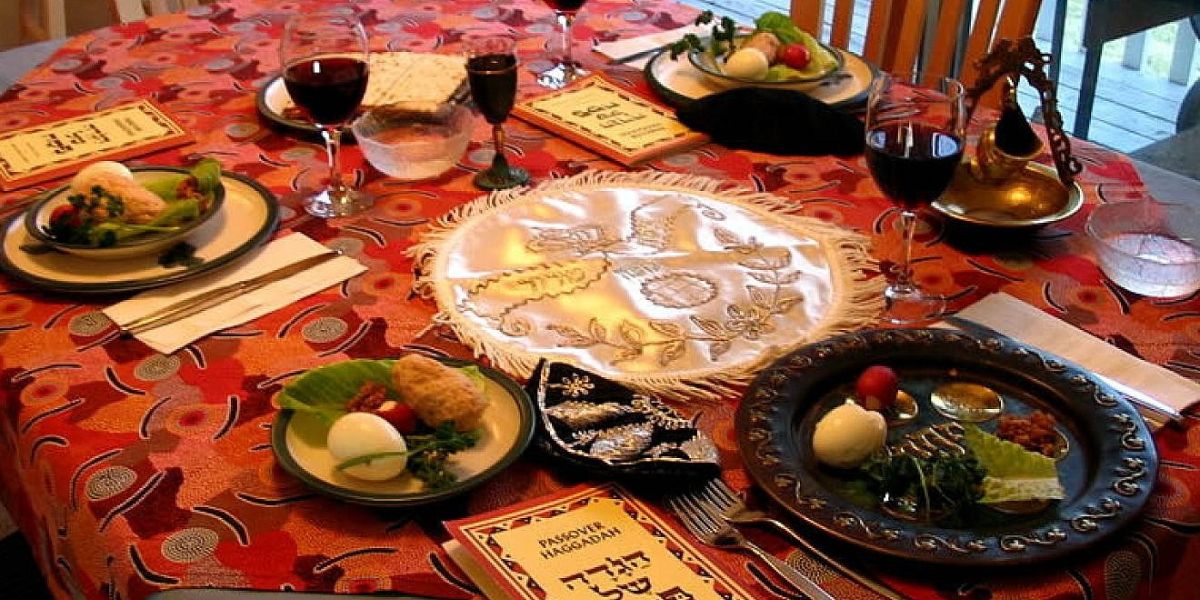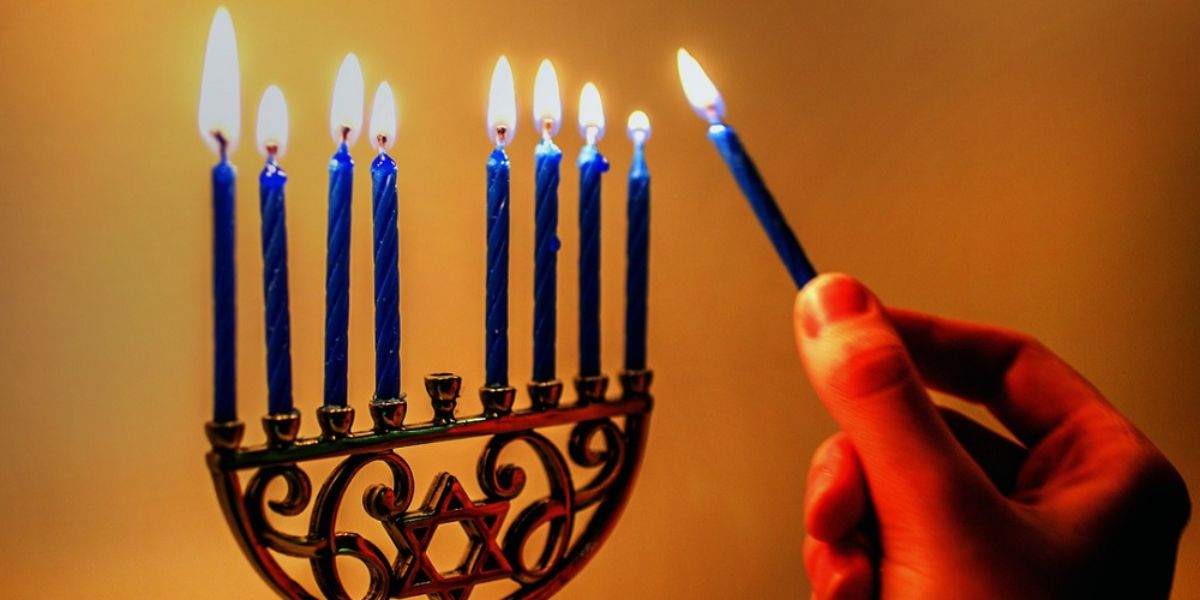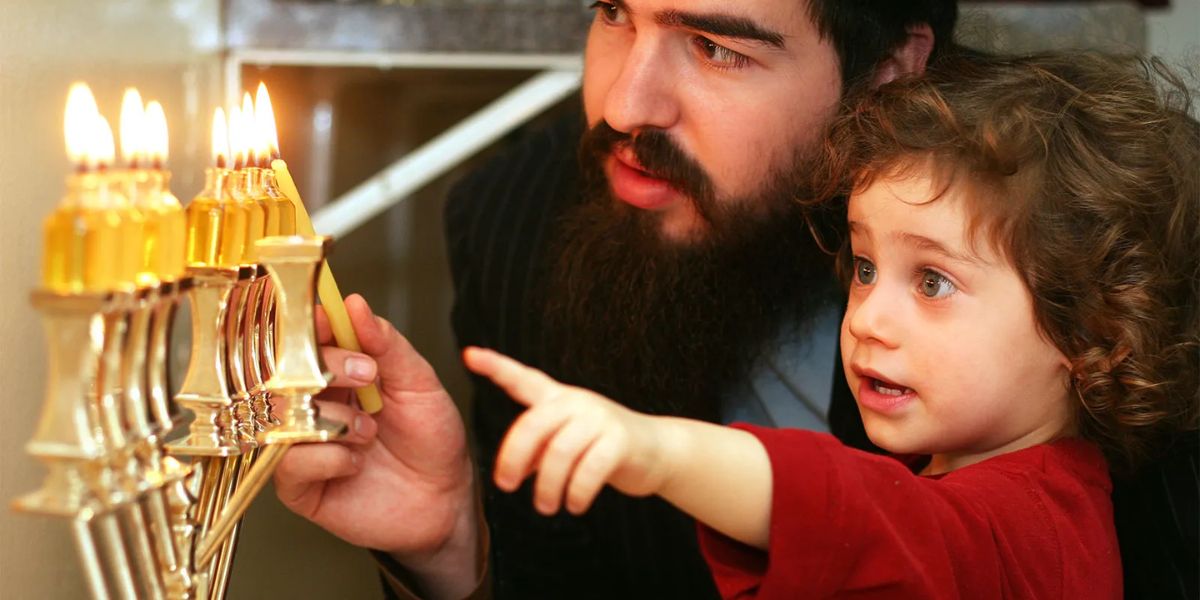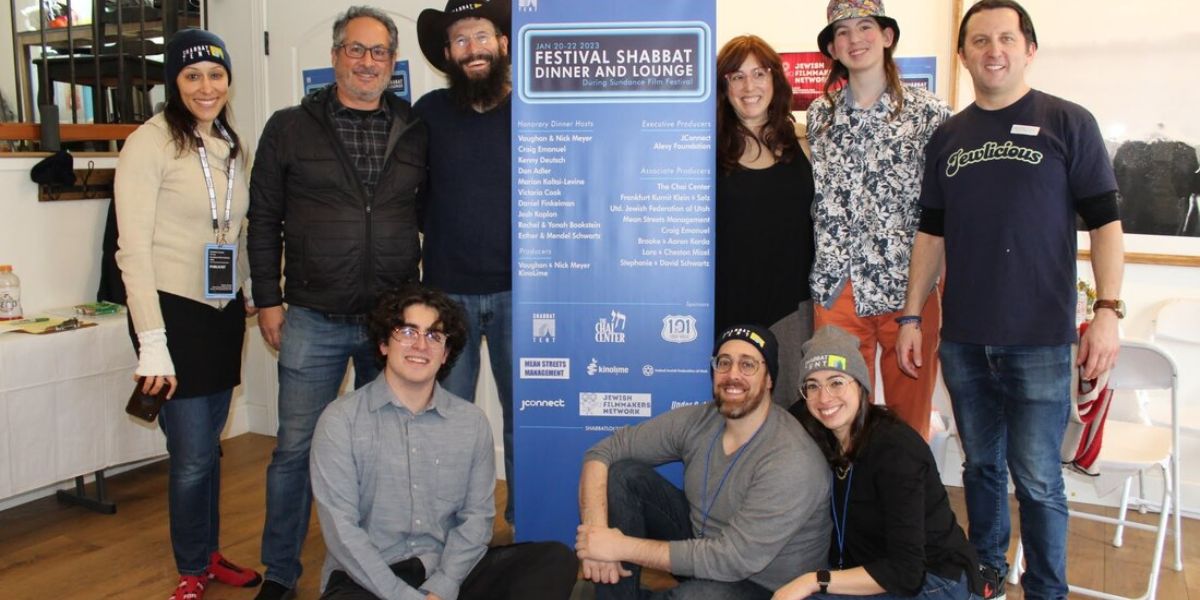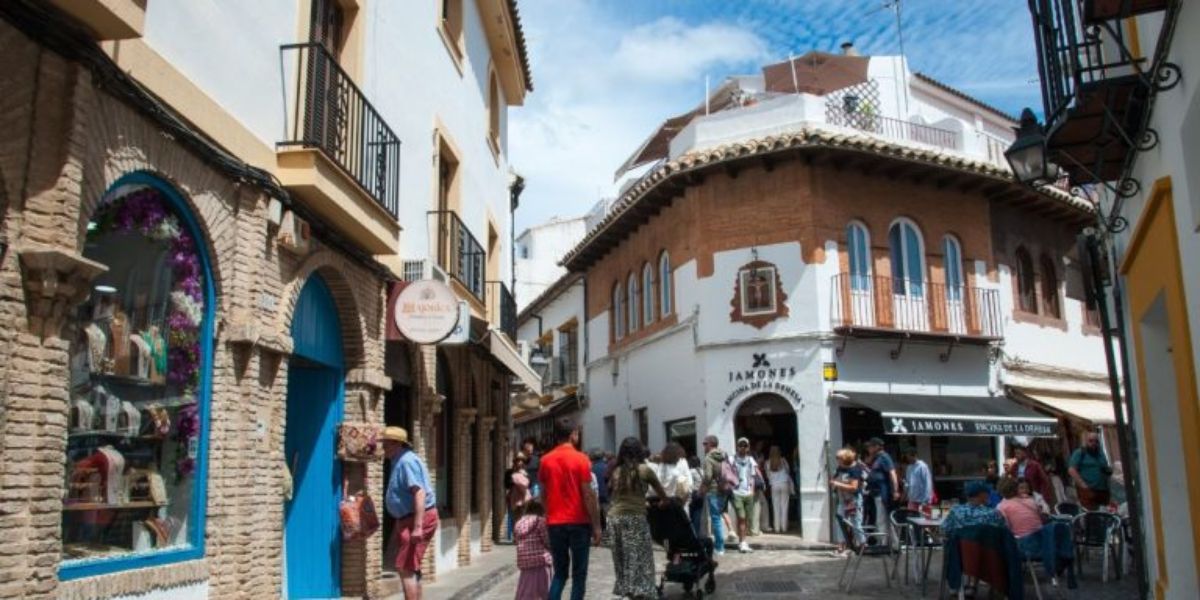As Jewish communities across Asia gather each spring for Passover, the ancient festival of freedom is taking on new flavors, forms, and meanings. From Singapore’s kosher fusion menus to Tokyo’s interfaith Seders, a quiet transformation is underway — one that weaves Jewish ritual with the vibrant cultural threads of Asia.
A Celebration Rooted in Renewal
Passover, known as Pesach, commemorates the Israelites’ liberation from slavery in Egypt. Traditionally, the Seder table is filled with symbolic foods — matzah, bitter herbs, and charoset — each representing an aspect of the Exodus story.
In Asian communities, these symbols remain at the heart of the celebration, but local adaptation gives them a distinctive touch. The goal isn’t to change the ritual but to make it feel relevant, inclusive, and connected to the region’s diverse cultures.
Table of Contents
Culinary Fusion: When East Meets Exodus
Nowhere is the blending of traditions more evident than in the kitchen. In Hong Kong and Bangkok, Jewish chefs are infusing familiar Seder dishes with Asian ingredients while maintaining kosher standards.
Chef David Rosenberg, who runs a catering service for Jewish holidays in Bangkok, replaces traditional gefilte fish with steamed sea bass infused with lemongrass and charoset made from mango, dates, and sesame seeds. “It’s still symbolic,” he explains. “It’s just telling the story with local flavor.”
In Japan, small communities celebrate Passover using daikon radish as a stand-in for horseradish and miso-based dips alongside matzah. In Singapore, families prepare matzah ball soup with chicken broth seasoned by galangal and ginger — a fragrant reminder of both heritage and home.
These culinary innovations showcase how Jewish communities preserve faith while embracing their surroundings.
The Seder Table as a Cultural Exchange
In recent years, interfaith Seders have become increasingly common in major Asian cities. These gatherings invite non-Jewish friends and neighbors to share in the ritual meal, deepening understanding of Jewish culture.
Hong Kong’s Ohel Leah Synagogue has hosted Seders featuring Chinese calligraphy placemats inscribed with Hebrew blessings, a gesture of cross-cultural appreciation. Meanwhile, in Manila, Jewish and Filipino families jointly prepare Passover dishes, merging local ingredients with biblical symbolism.
Rabbi Eliyahu Ben-Avraham of Chabad Singapore describes these exchanges as “acts of connection that transform a festival into a dialogue.” Such collaborations show how Jewish customs can harmonize with Asian hospitality, creating experiences that are both educational and heartwarming.
Art, Music, and Modern Meaning
Beyond food, Asian aesthetics are shaping how Passover is visually and musically expressed. Artists are designing hand-painted matzah covers inspired by Chinese brush art, while musicians in Seoul and Mumbai blend traditional Jewish melodies with sitar and bamboo flute arrangements.
These innovations remind participants that freedom — the essence of Passover — is universal. By interpreting it through local art and music, communities reaffirm the festival’s message in ways that resonate deeply across cultures.
Maintaining the Core of the Tradition
While the regional creativity is celebrated, community leaders emphasize the importance of maintaining halachic integrity — ensuring rituals align with Jewish law. Local rabbis and Jewish centers across Asia provide resources to guide families through culturally adapted but religiously sound celebrations.
Rabbi Naftali Greenberg in Hong Kong notes, “Innovation is welcome as long as the message remains unchanged. Passover is about remembrance and freedom — no matter what language, spice, or melody you use to tell it.”
This balance between authenticity and adaptation ensures Passover continues to unite Jewish communities scattered across diverse nations.
A Festival That Evolves with Its People
The evolution of Passover in Asia reflects a broader truth about diaspora life — that faith and culture are not static but living traditions that adapt without losing their soul. By blending Jewish customs with Asian influences, communities are writing a new chapter in the Passover story — one defined by creativity, resilience, and connection.
For many, this modern interpretation strengthens rather than dilutes tradition. It invites future generations to see that freedom and identity can coexist with openness and change.
As one participant at a Hong Kong Seder said, “Each year, we retell the story of liberation. Here, that story also includes finding harmony between our Jewish roots and our Asian home.”
How does your community celebrate Passover in unique ways? Share your experiences and insights in the comments below or explore more cultural stories at jewishtimesasia.org.

